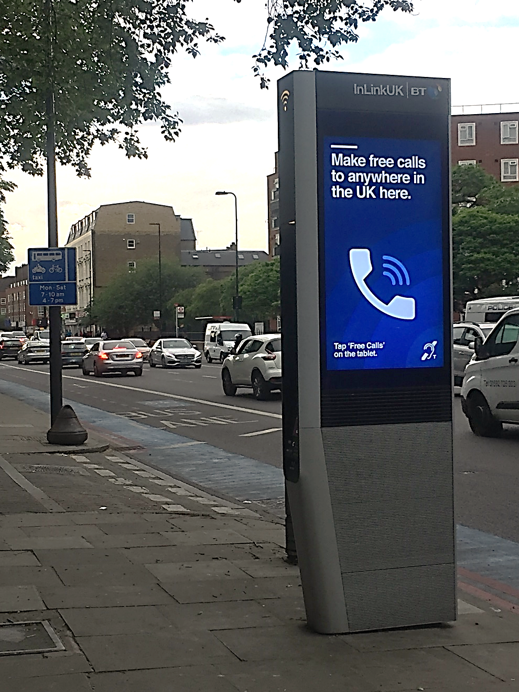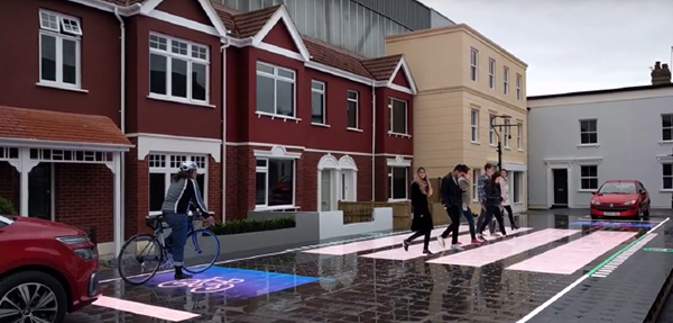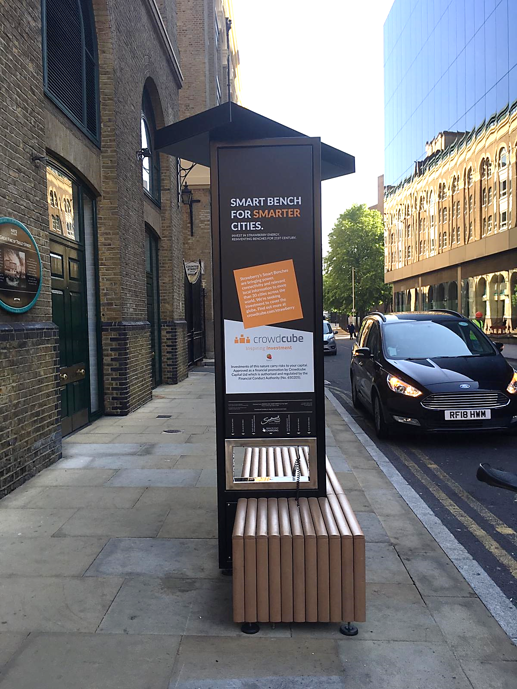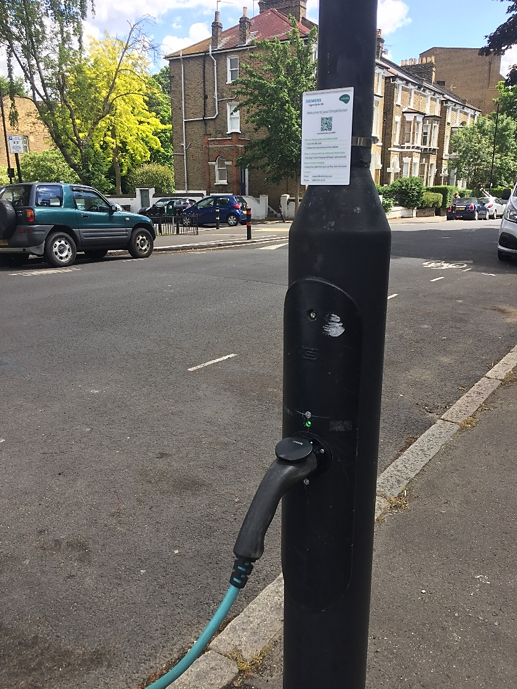‘Smart Cities’ are those that invest in and make optimal use of technology to transform the physical and social environment of the urban area and improve the performance of urban services. However, definitions of Smart Cities are broad and exactly what technologies are to be focused on is not specifically defined. At the end of the 20th century, ‘Smart Cities’ became a familiar buzzword in the planning arena, perhaps in response to major technological, economic and environmental change at that time. It has developed from a trend to a crucial city planning objective, to secure economic competitiveness, greater efficiency and better quality of life.
Since the London Mayor’s ‘Smarter London Together’ Strategy was introduced last summer, innovative data application and smart technologies have been leading ideas in the development sector. The Strategy sets out how London can become the ‘smartest city in the world’. This has been recognised in the draft new London Plan. Draft Policy SI6 (‘Digital connectivity infrastructure’) seeks to ensure new developments have the digital connectivity required to support London’s global competitiveness and recognises the potential opportunities for mobile digital infrastructure to be accommodated within the public realm, to help meet consumer demands for mobile connectivity.
Nationally, the National Infrastructure Commission’s July 2018 report sets out that ‘building a digital society’ should be a Government priority; the UK must progress improvements in digital connectivity to meet the needs of consumers and prevent the UK being left behind by other countries with smart agendas.
We recently attended talks on digital street infrastructure by Future Cities Catapult and the Association for Consultancy and Engineering, which investigated and advocated just this topic. We found the possibilities for the integration of digital technology into our streetscapes a fascinating idea and a conspicuous example of the Smart City agenda.
There are various methods of digitising infrastructure currently being explored in the urban context – all of which have the potential to make the City safer, cleaner, more efficient and exciting. This blog explores just some of the digital infrastructure emerging in London’s streets, and around the UK.
InLinks
InLinkUK, from BT, are modern panel units being installed on streets, replacing some old payphones. They provide ultrafast internet, phone calls and other digital services such as mobile phone charging, maps and directions and a digital BT phone book. All for free. InLinks have digital displays which are used for advertising purposes and can also show real-time information such as weather forecasts, messages to the community and travel updates.
The first one was launched on Camden High Street in 2017. There are now 435 InLinks across the UK (correct as of May 2019) as shown on
inLinkUK’s interactive map. If you haven’t spotted one of these in London yet, where have you been?

Source: Nancy Stuart & Georgia Crowley, Stockwell.
Interactive road crossings
London-based software company ‘Umbrellium’ focuses on methods to build ‘engaging cities’, where people’s needs are put first.
Umbrellium has developed an interactive road crossing that responds dynamically, in real-time, to road users. The Starling Crossing (STigmergic Adaptive Responsive LearnING Crossing) is designed to be the Zebra crossing of the 21st century. It reacts to the changing capacity of the road and may disappear when there aren’t many pedestrians or widen when there are a lot.
Bright LEDs embedded into the road surface flash warning signals to (often smart phone-using) pedestrians, who veer onto this interactive road surface. The lights and patterns are controlled by a computer system, which analyses footage from cameras that constantly monitor the crossing.

Source: Umbrellium
Smart street furniture
When we rely on our smartphones for almost everything, running out of charge when out can be problematic. But, there are now benches around London where one can charge their smartphones for free.

Source: Nancy Stuart & Georgia Crowley, London Bridge.
Need to charge your electric car from a road-side parking space? Modified lampposts can provide easily accessible on-street charging points. In Southwark, 50 specially adapted lampposts have been installed by charging point company ‘Char.gy’. Other local authorities that wish to roll out on-street electric car charging can also apply for investment from the government’s ‘Onstreet Residential Chargepoint Scheme’, until 2020.

Source: Nancy Stuart & Georgia Crowley, Clapham.
This new generation of street infrastructure has the potential to adapt all sorts of ordinary street furniture to new multi-purpose digitised versions. As well as phone and car charging provision, street infrastructure is being explored that could act as security cameras or could deliver electricity for filming and festivals.
The introduction of 5G has a huge role in the growth of Smart Cities and the proliferation of digital technology in the public realm. While the main media focus of 5G is improved personal data browsing speed, 5G is also a key enabler to many emerging technologies as digital connectivity is a precursor for deploying smart systems effectively – meaning 5G could strengthen and support this new generation of street furniture.
There is a need for the planning system to be proactive to enable the delivery of both digital street infrastructure, and 5G connectivity. However, there are persistent cost, time and coordination challenges to the roll-out of new digital infrastructure. For instance, London boroughs have different approaches to granting planning permissions and prior approvals for digital infrastructure, and some Boroughs have prioritised this more than others. This could create disparities in accessing the benefits of new technology across the City. Digital infrastructure can also impact amenity and heritage, which are often concerns for planning authorities, and local policies aimed at decluttering public spaces often conflict with the installation of digital street infrastructure or mobile equipment such as masts. It may not always be clear what should take precedence, and outcomes of such a judgement may vary spatially.
Overall, our streets are becoming more technologically friendly, benefiting the quality of life of city dwellers. As technology is increasingly becoming part of everyday life, our streets must adapt to accommodate our technology-driven needs. ‘Street smart’ has taken on a new meaning and we look forward to watching the public realm change to accommodate these and many other urban emerging technologies.
-







